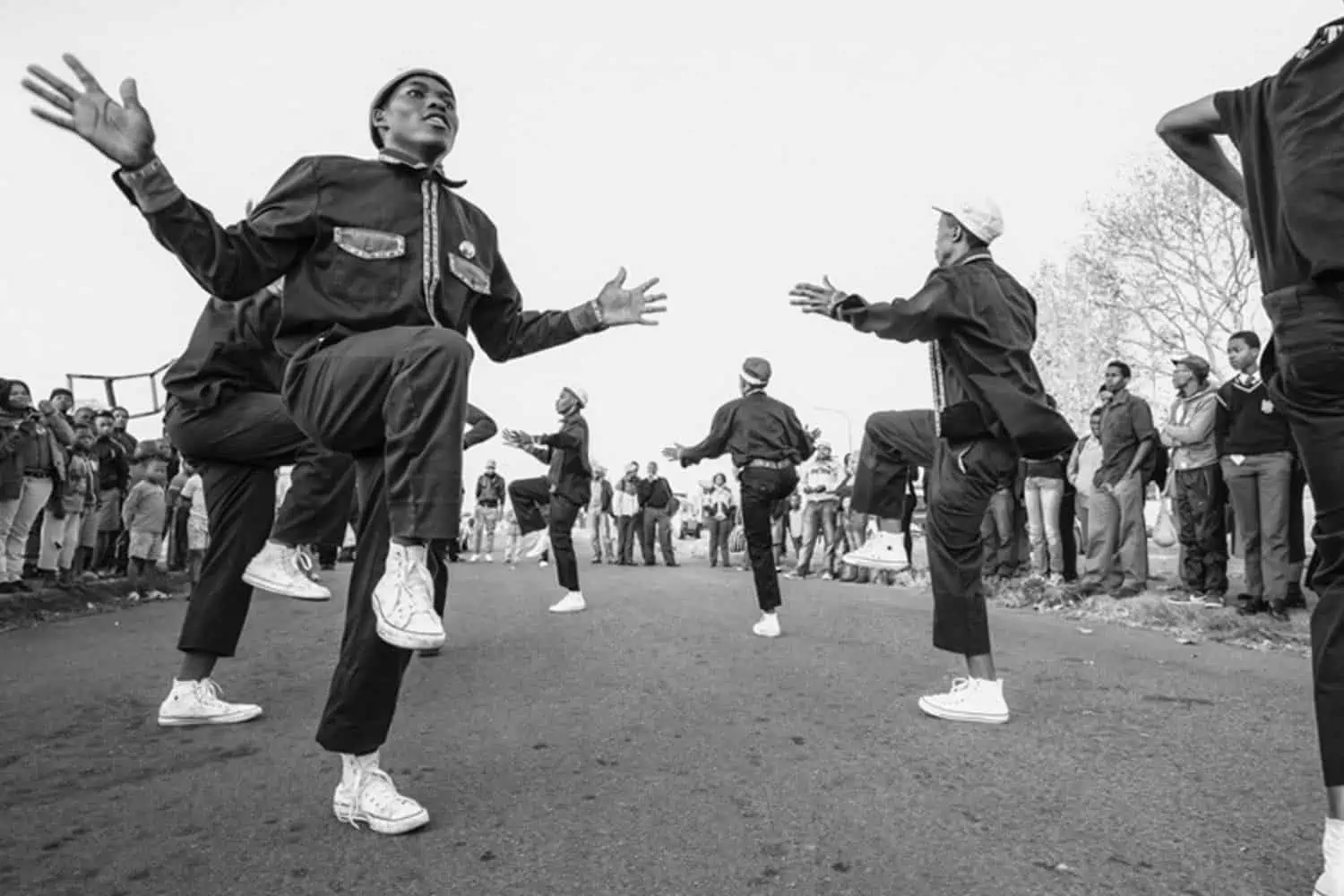Kwaito is a music genre unique to the South African people. It first came to life in the 1990s in Soweto, Johannesburg and is a mixture of music with some African added.
What is Kwaito?
Kwaito’s main inspiration is house music. The genre is characteristically slower than other styles of house music. And it often contains catchy melodic and percussive loop samples, deep basslines and vocals.
And surprisingly, the word “kwaito” originates from the Afrikaans word “kwaai”. This slang term is the equivalent of the English term “hot”.
The history of Kwaito music
The genre of Kwaito is significant in South Africa as it first took shape in Soweto at the same time Nelson Mandela became president of South Africa post-apartheid. And the removal of the political and economic sanctions greatly influenced and transformed the country’s music industry.
There are two artists that claim to be the “kwaito originators” – M’du Masilela and Arthur Mafokate.
Masilela claims that he was the first to mix “bubble gum” with House from the UK and US in the 1980s already. While Mafokate even wrote a two-page piece called “Am I the king of Kwaito?”
The first official kwaito song played in SA was by Mafokate and was quite controversial as it was named after “the most degrading words that white colonialists would call black Africans”. The song was important as it talked about how apartheid won’t just disappear overnight, but change was coming.
And since then, Mafokate’s groundwork has enabled the South African youth to channel their anger and talent and make them feel that they have a voice and say that should be heard.
It is not just a style of music
For most African people, kwaito is a form of self-expression and a way of life. And not only is it a music genre, but it is in the way people dress, speak and dance.
The genre is very much compared to how hip hop reflects life in the American ghetto. It is a street style where the music reflects life in the townships.
As a result not only the music industry changed in the country after apartheid. As kwaito became more popular and recognised, the fashion industry took off in SA. Urban apparel designers were setting trends based on kwaito artists and South Africa was loving it.

Many independent kwaito labels, such as Kalawa, Triple 9 and Mdu Music, also emerged post-apartheid. Many artists were rejected by major record labels of the apartheid era and decided to take matters into their own hands. These record labels went on to create many employment opportunities for young black people in the music industry. This included producers, engineers and attorneys.
And after everything that South Africa has been through, kwaito managed to strengthen social integration. More locals are beginning to understand the music style and can enjoy it better. And when President Thabo Mbeki performed the S’guqa dance with kwaito artist Mzekezeke at the 2003 Freedom day celebrations, it marked a significant change in how people perceived the genre.
And with successful overseas tours by artists such as Bongo Maffin, Tkzee and Boomshaka, kwaito is even gaining an international following.
